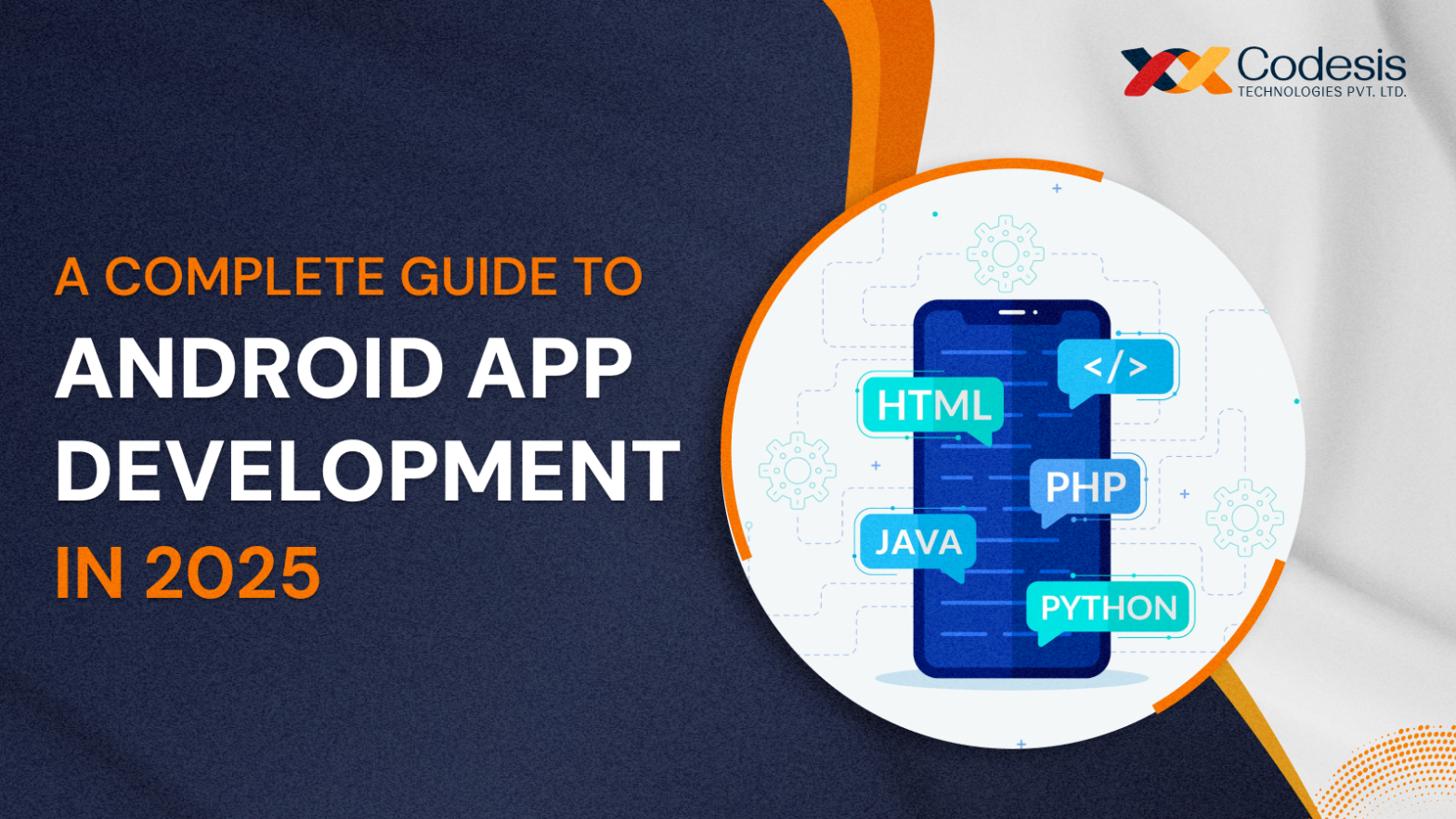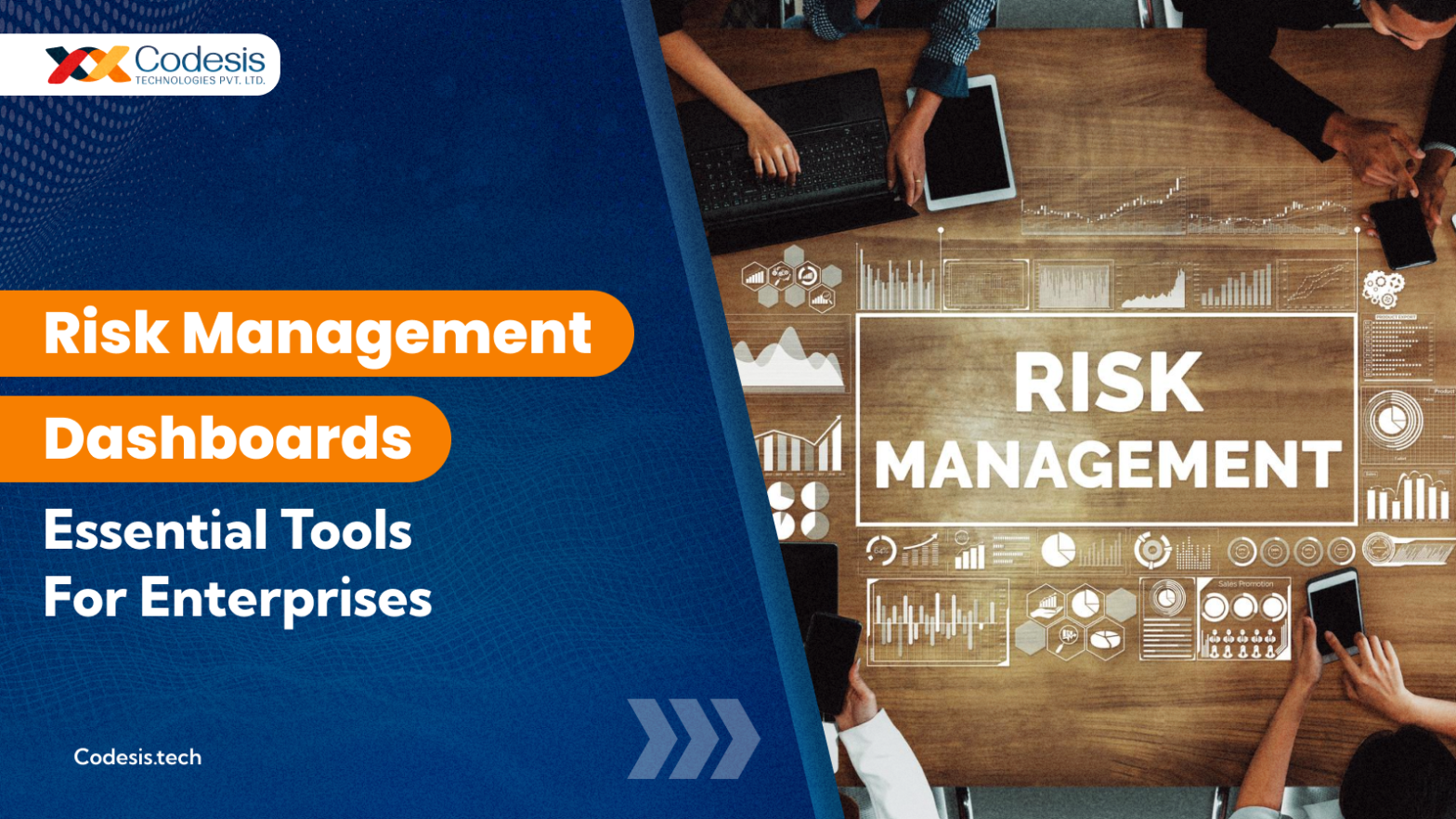A Complete Guide to Android App Development in 2025 Table of Contents Introduction Why does Android app development matter in 2025? Planning of an Android app Android Development Process Best Practices for Android App Development Android app development Case Study: Evernote Conclusion Introduction Android app development has become one of the most important parts of the current technology world. Businesses and developers are heavily focusing on Android apps to connect with millions of users around the world. As of now, Android holds the largest market share among other mobile operating systems like IOS and Microsoft. Android is powering more than 70% of mobile phones worldwide. This dominance and popularity of Android apps show why Android app development is critical for businesses looking to grow in this tech-dominated world. In 2025, As mobile usage continues to grow, the demand for Android apps is expected to rise more. With more than 3.5 million apps already on the Google Play Store and more apps being added to the Play Store every day, The competition is a lot and tough but the opportunities are huge. Whether you are a business owner or a developer, If you want to succeed in the tech world you must understand the steps to build an Android app and how important it is for your success. Well don’t worry about it, in this complete guide we cover everything you need to know about Android app development, from planning and designing to coding and launching the Android app and it also includes tips for optimising your app, maintaining it and making it stand out from the other apps. Looking for cost-effective and intelligent software development services, or IT expert consultancy? Partner With Us Today Why does Android app development matter in 2025? Android app development will remain a top priority for businesses in 2025 because it provides companies access to billions of users. With a wide range of devices, from affordable smartphones to high-end gadgets, Android reaches all types of people with different interests. This diversity allows businesses to target particular audiences and build apps according to their needs and requirements. Also, Android is an open-source platform which makes it easy for developers to customise apps and offer unique features that make them unique and have a USP stand out from others in the crowded market. Planning of an Android app: Defining the Purpose:The first step in Android app development is understanding the reason or why you are building an app. What problem does it solve? What kind of value will it give to users? For example, a fitness app will help users to track their workout, and diet and stay motivated in their fitness journey. Knowing your app’s value and purpose helps you stay focused while creating a valuable app for users. Conduct Market Research: Conducting proper market research helps you understand the market needs and you get to know what’s already available in the market and what your users need. Study your competitor’s app to see what features people like, what works and what doesn’t. By doing this you can find gaps in the market where your app can offer something unique to users. Creating User Personas:User personas are nothing but a fictional profile of your ideal user or target user. Creating a user persona can help you understand what kind of users will use your app and what they expect. For example, if you are building an app for students you might focus on the features like reminders and easy navigation. Android Development Process: Design the UI/UX: The user interface (UI) and user experience (UX) are very important parts of the success of any app. A well-designed app should always look amazing and be easy for users to use. You should start by planning your design carefully and focus on making the app layout clean, simple and user-friendly also use clear icons, and readable fonts and keep the brand colours consistent throughout the design of the app. You must follow Android’s official design guidelines also known as material design. These guidelines help in creating a smooth and consistent experience for users. Make sure the app navigation is easy so that users can easily move between different screens and features. It is important to pay attention to details like button placement, animation, and responsiveness to make sure the app feels polished and professional for users. Choose the Right Tech Stack: Choosing the right programming languages, tools, and frameworks is very important for building a properly functional and reliable app. For Android app development, developers mostly use programming languages like Java and Kotlin: Java: it is a widely used and reliable programming language, it is an ideal language for developers who prefer a traditional approach. Kotlin: it is a modern programming language which is specially designed for Android app development. It is easier to use for development, it also has very less code errors and Google officially supports it. The very famous ‘Android Studio is the official development tool for Android apps, which provides a comprehensive set of features for coding, testing, and debugging. You can also take advantage of libraries like Jetpack Compose to simplify UI creation and make the development process faster. Code the App When writing your app’s code, focus on following best practices. This ensures your app is easy to maintain and update later. Write clean and modular code by dividing the app’s functionality into smaller, reusable components. Use meaningful names for variables and functions to make your code understandable. Use version control systems like Git to track changes in your code and collaborate effectively with other team members. Platforms like GitHub or GitLab make it easy to store and manage your code online. Regularly commit your work to ensure you don’t lose progress. Test the App Testing is one of the most important steps in Android app development. Before releasing your app, test it thoroughly to ensure everything works as expected. Functionality Testing: Check that all features perform correctly without errors. … Continue reading A Complete Guide to Android App Development in 2025
A Complete Guide to Android App Development in 2025









